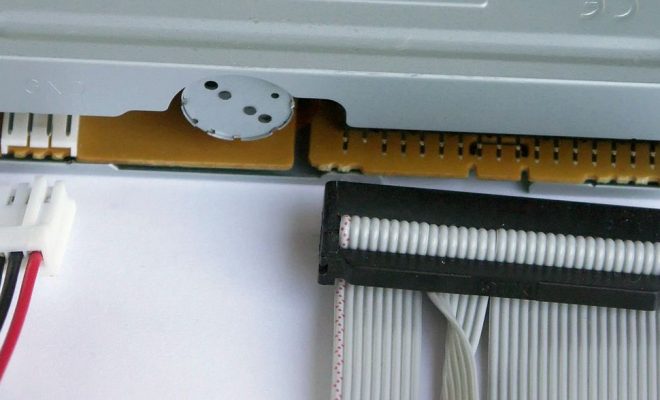What Is a Solid State Drive (SSD)?

A solid-state drive (SSD) is a data storage device that uses NAND-based flash memory to store and retrieve data electronically. Unlike traditional hard disk drives (HDDs), SSDs do not have any moving parts such as platters, motors, and read/write heads, which makes them faster, more reliable, and less prone to mechanical failures.
SSDs work by using electrical impulses to manipulate the cells of NAND flash memory, which are organized in pages and blocks. When data is written to an SSD, it is stored in pages that can be updated independently of other data on the same block. This allows the SSD to write data quickly and efficiently, without the need for physical positioning and alignment.
One of the key advantages of SSDs is their speed. With SSDs, data can be accessed and transferred much faster than with traditional HDDs. This is because there is no need for the read/write heads to physically move to access different parts of the disk. Instead, the SSD uses electrical impulses to access the data, which can be done much more quickly.
Additionally, SSDs are more reliable than HDDs because they don’t have mechanical parts that can break down over time. This means that SSDs are less prone to failure, and can potentially last longer than HDDs.
Another advantage of SSDs is that they are quieter and use less power than HDDs. Since SSDs don’t have any moving parts, there is no noise generated when the drive is in use. Additionally, SSDs require less power to operate than HDDs, which can save energy and reduce operating costs.
There are two types of SSDs: SATA SSDs and NVMe SSDs. SATA SSDs are the most common type of SSD, and are compatible with most computers and laptops. NVMe SSDs are a newer, faster type of SSD that use the PCIe interface to transfer data at even higher speeds. NVMe SSDs are typically more expensive than SATA SSDs, and require a compatible motherboard to work.
Overall, SSDs are a great choice for anyone who wants faster, more reliable storage for their computer or laptop. With their speed, reliability, and energy efficiency, SSDs are a smart investment that can improve the performance and longevity of your device.






